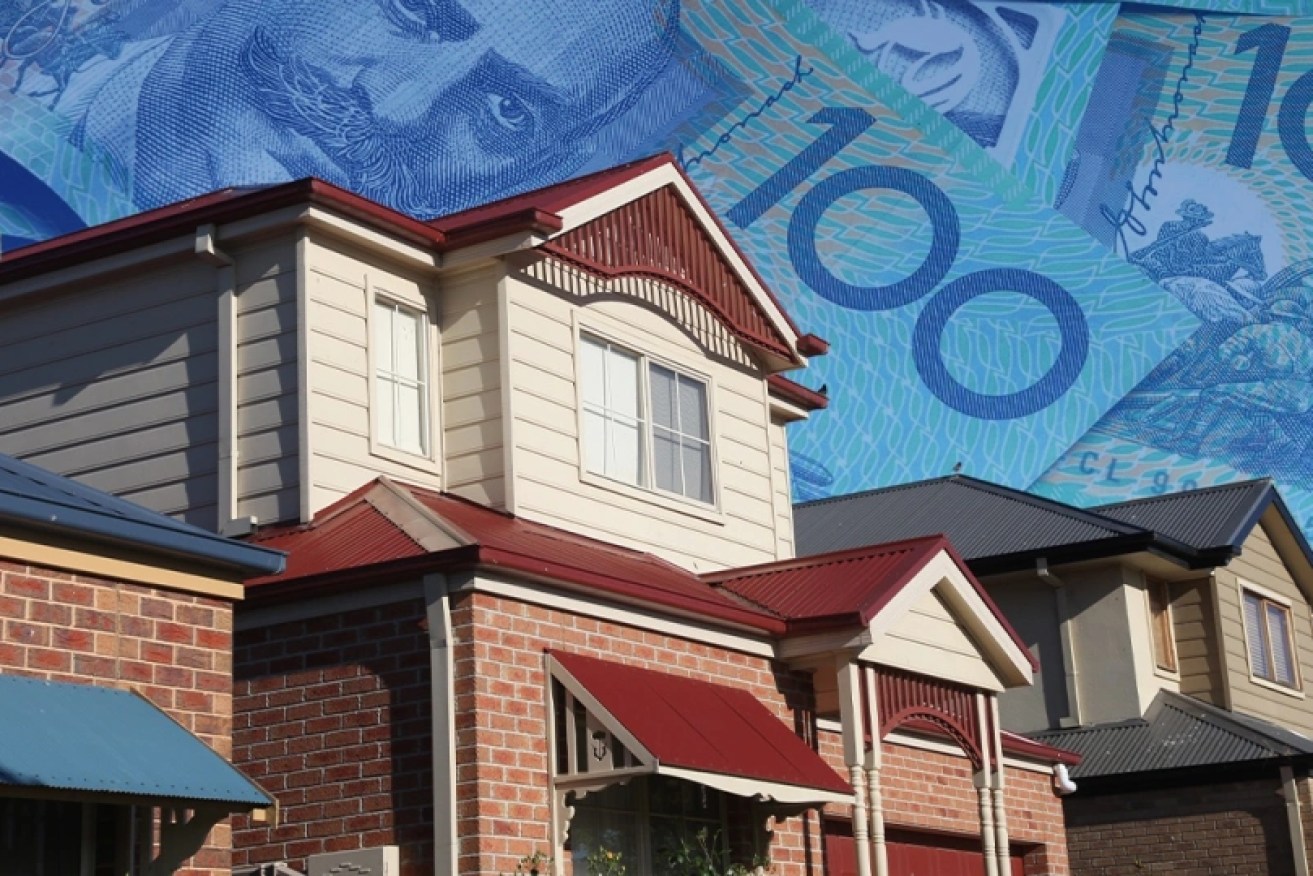The boom-bust myth: Why property prices may not fall as much as you think


First Home Owner Grants have only contributed to increasing house prices, according to experts. Photo: TND
Australians expecting a massive plunge in property prices to below pre-COVID-19 levels are going to be disappointed, according to new research arguing for a rethink about the housing market.
Domain’s chief of research and economics Nicola Powell has run the ruler over Australia’s so-called ‘‘boom and bust’’ property cycles in the past 30 years and has found there’s actually no such thing.
Instead, history shows property price plunges – like the one currently under way – tend to be relatively short-lived and are never as large as the price upswings that come before or after them.
Dr Powell said the research shows first-home buyers waiting for property prices to plunge before diving into the market in 2024 are likely to be disappointed.
On the flip side, owners fretting about huge falls in their wealth over the next year may be saved from the worst.
“When you have a look at the past 30 years the upswings tend to be steeper and longer than the downturn that unravels afterwards,” Dr Powell said.
“What that shows is that it’s not about timing in the market, it’s about time spent in the market – we need to see property as more of a longer-term investment.”
As things stand, big banks predict Australia is headed for its largest decline in house prices on record over the next 18 months, with prices forecast to fall by almost 20 per cent over 2023.
But a much larger 25 per cent fall would be needed to push prices below pre-COVID levels, Dr Powell said.
“We could see a downturn that’s more severe than we’ve seen in the past, but it’s unlikely to push prices back to pre-pandemic levels,” she said.
Boom and bust a myth
Domain’s research shows that, at least historically, Australia’s house prices don’t actually go through boom and bust cycles.
Instead, the recent history of the property market is characterised by long periods of rising prices followed by shorter periods of falling or stagnating prices.
The end result, as most readers know, is that over the long run property prices have exploded.
The pattern is down to myriad factors, Dr Powell said, from interest rates to tax settings, housing supply and population growth.
But in periods of prices falling sellers tend to exit the market, preventing larger falls in prices as supply dries up.
Dr Powell said first-home buyers looking for their window should thus take a longer-term view.
“Don’t get too caught up with property price cycles,” she said.
“We need to make financial decisions based on our own personal circumstances.’’
Domain has warned, however, that there are some different aspects to the current decline in house prices than have been seen historically.
The first issue is that interest rates are rising sharply as the cost of living skyrockets – factors that could put additional stress on borrowers and cause a marked increase in distressed sales.
However, there are no signs of an uptick in distressed property sales so far, something Dr Powell attributes to Australia’s near-record low unemployment rate.
“Whatever way you look at it, Australian households are feeling the pinch,” she said.
“But to have distressed selling we’d need to have a higher unemployment rate than we currently do.”








